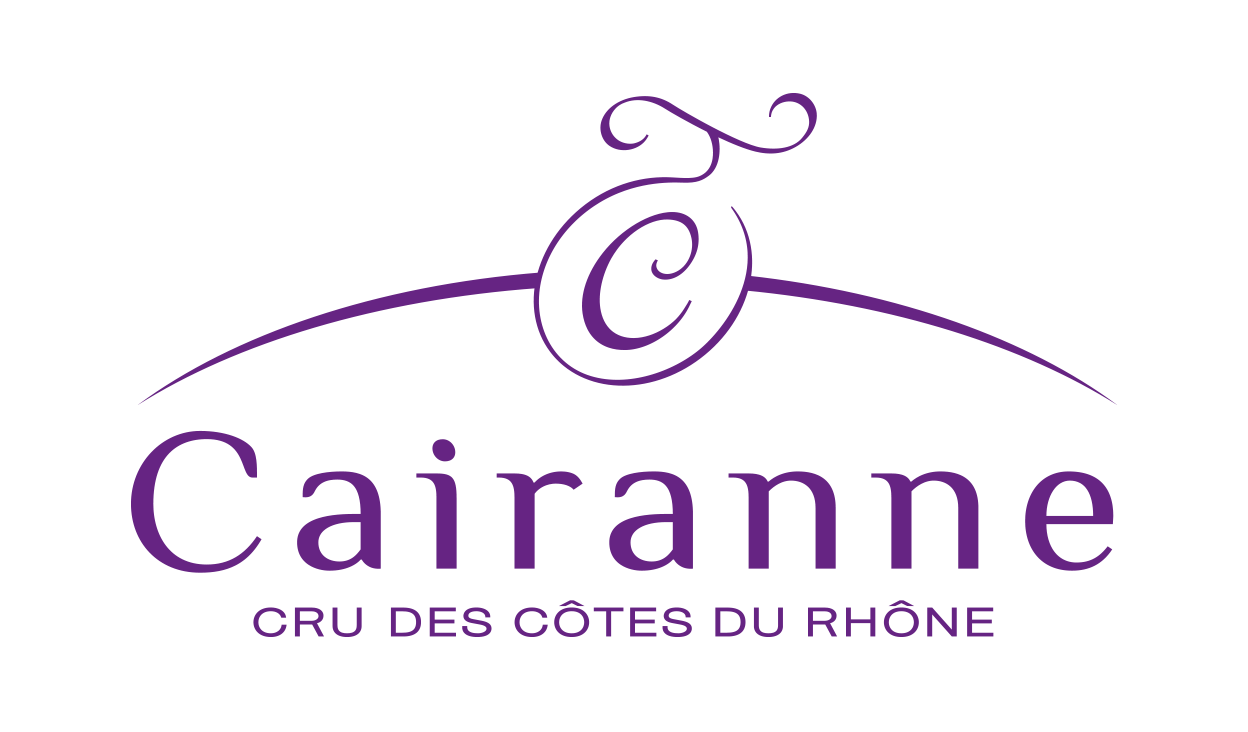History
Cairanne is the gateway to the vineyards of the southern Rhône. In 2016, the village was awarded Côtes du Rhône Cru status in its own right – a badge of honour and accolade for Cairanne’s winegrowers, who had worked for decades to protect and promote their unique terroir, resisting the easy life, and devoting themselves to their vineyards and the economic development not only of their beloved village, but of the region as a whole.
MORE INFORMATION
7,000 YEARS BC
NEOLITHIC TIMES
The earliest evidence of human habitation here are the remains of a Neolithic ossuary. There is, however, much later evidence of contact between the Celtic tribes occupying the region and the Phocaeans; this seems to be when olive trees and vines were introduced into the area. Extensive Roman remains confirm these were planted in vast swathes, while findings of amphora sherds suggest that the vines were already being grown for wine.
Castri Cayranne
After the relative stability of the Pax Romana, the region suffered centuries of Barbarian invasions and Saracen attacks. It wasn’t until the 8th century that the first written documentation featuring the word ‘Queylanne’ was discovered. Meanwhile, the Middle Ages left further evidence of human settlement, in the form of a priory located to the west of the area. The name Castri Cayranne first appeared in a papal bull dated 1123, confirming the existence of a village on its own fortified promontory; later still, the Knights Templar built a walled castle which can still be seen in the old village today.
8th century
16th century
Self-sufficiency
In the 14th century, Cairanne was annexed to the papal territories, remaining under their protection until 1793, when Comtat Venaissin once again became part of France. Until the mid-19th century, local agriculture was mainly geared towards self-sufficiency. Lack of water was a major problem. The arrival of the railways sparked a move towards growing cash crops, encouraging the clearing of the garrigue scrublands. Little by little, vineyards and olive groves took over the land.
From Subsistence Farming to Monoculture
In the second half of the 19th century, the village population dwindled as villagers moved out of the centre to work on farmsteads, or to settle in the new population hub which sprang up close to the newly-built road below the village.
From the 1920s, the number of olive groves decreased as vineyards took over. Cairanne managed to avoid a rural exodus, as vines were a labour-intensive crop and there was no shortage of work. Years later in the 1970s, the old village was rebuilt, attracting newcomers to the area.
19th century
1959
Community Spirit
There is an unmistakeable village feel to Cairanne - a community spirit going back several generations, with wine as its focus. Winegrowers here have been very successful in championing Cairanne wines to bring the community together. Caveau du Belvédère is a prime example. It was the first winery to offer Côtes du Rhône tastings as early as 1959, and has since worked tirelessly to promote the appellation wines.
Official Recognition
By 1953, winegrowers in Cairanne had been authorised to add their village name to the label of any Côtes du Rhône wines made here, and in 1967, the Côtes du Rhône Villages Cairanne appellation was officially registered. However, winegrowers felt they could move even further up the quality ladder, and in 2008 they applied for the ultimate accolade: standalone appellation status. Authorisation was granted, and on 29th June 2016, Cairanne officially became a Cru of the Côtes du Rhône.
2016






